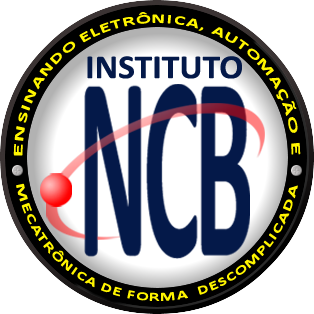This source only uses passive components (without transistors or integrated circuits) and even so it can supply voltages with good regulation in steps of 0.7 V and an output current of up to 200 mA. There are 5 voltages indicated in the diagram and they can be used even simultaneously, if the powered devices, in their totality, do not need more than the indicated current. The circuit consists of a rectifier, filter and then a reducing system that takes advantage of the voltage drop in the direct direction of a diode in conduction. This voltage varies between 0.6 and 0.7 V per diode, which allows to scale the indicated voltage range with a tolerance between 10% and 20% typically. The filtering of the source is good, which makes it possible to power small devices that normally use one or two batteries. The transformer has a primary winding according to the power grid, that is, 110 V or 220 V. The secondary is 6 + 6 V with currents from 200 mA to 500 mA, Capacitor C1 must have a working voltage of 12 V or more and resistor R1 must be wired with at least 2 W of dissipation. The diodes are 1N4002 or equivalent. For the output, it is up to the reader to choose the mode of connection to the external circuits. One way out is the use of terminals with the identified voltages, where plugs with wires and alligator clips would be connected. The common goes to the black terminal and the red to the terminal with the desired voltage. Another possibility for assembly is to use a selector switch. To use, just choose the desired output and the zero-volt point that will be used when connecting to the external circuit. Before using the power supply, if you want good indication accuracy, check with the multimeter the actual voltage being obtained at each output. If the voltage drops a lot when powering an appliance, it is a sign that it is demanding a higher current than the source can supply.




